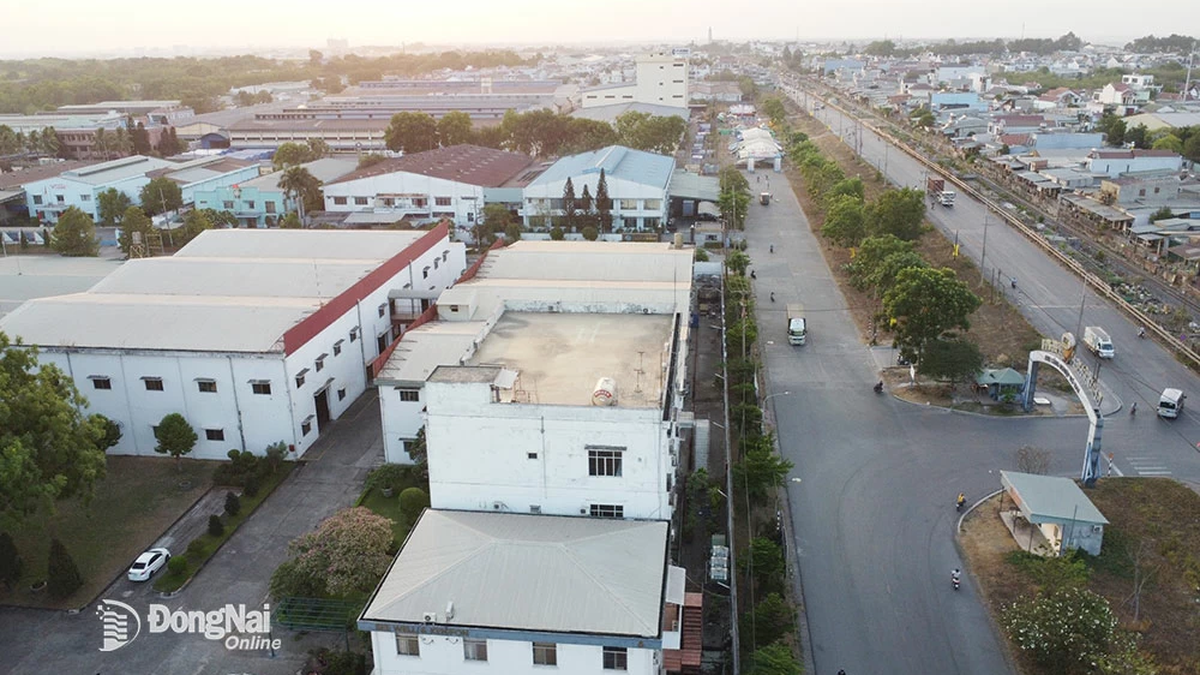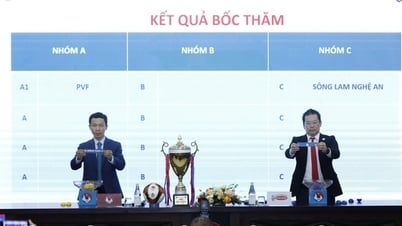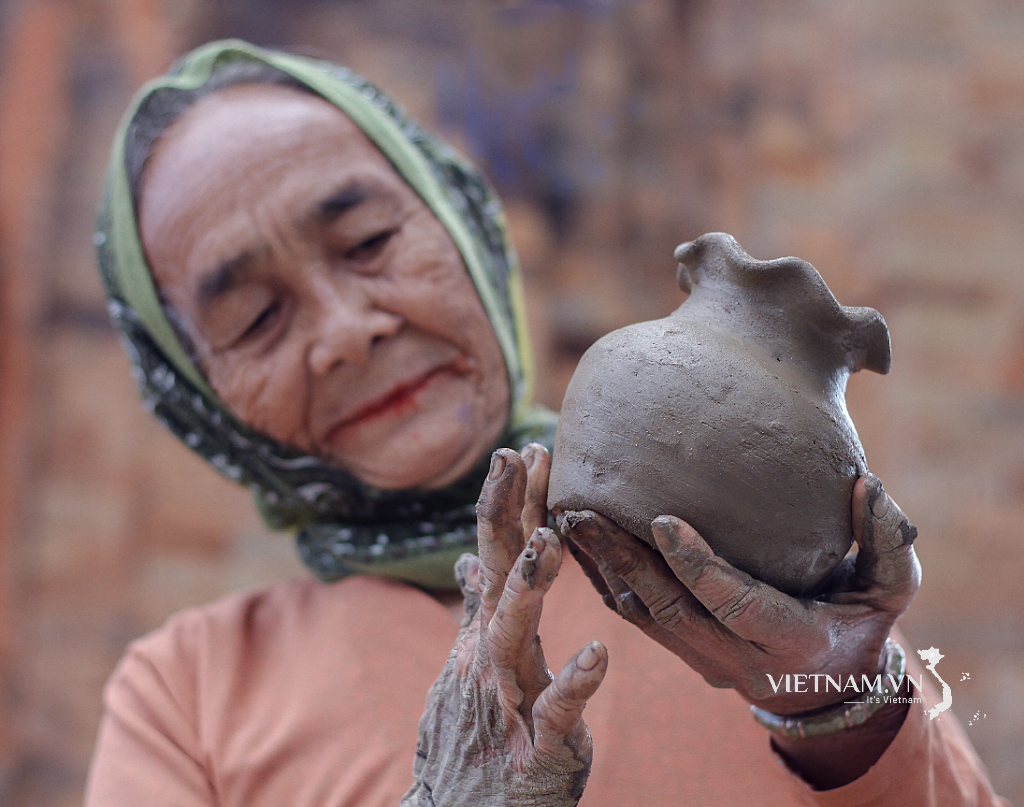Taking a commemorative photo at the moment the old year turns into the new year - Photo: THANH HIEP
According to calendar experts, the lunar calendar is based on the cycle of the Moon, with each lunar month typically lasting about 29.53 days.
Therefore, a lunar month can only be 29 or 30 days, called "short" and "full" respectively. The months in the lunar year are arranged based on the waxing and waning cycle of the Moon, not according to a fixed number of days like the solar calendar.
To calculate the lunar calendar, astronomers track the exact times when the moon is at its fullest and newest. If a month is 29.53 days long, it is rounded up to 30 days. If it is not, the month will only have 29 days.
The length of December (the last month of the lunar year) determines whether the last day of the year, New Year's Eve, falls on the 29th or 30th.
Consecutive years with New Year's Eve falling on the 29th usually occur when December in those years is "short" (29 days).
Because a lunar year only lasts about 354 days (or 384 days if there is a leap month), shorter than the solar calendar, it also leads to adjustments for "full" and "short" months in each year.
In addition, to synchronize with the solar calendar, the lunar calendar needs to have an extra leap month every 2-3 years. This not only affects the date of Lunar New Year but also affects the number of days in the last months of the year. When there is no leap month or when the previous months are mostly "short" months, New Year's Eve can often fall on the 29th.
According to a calendar expert in Vietnam, counting the 3 centuries (20th, 21st, and 22nd), there are many series of missing December (meaning New Year's Eve falls on December 29th), most commonly 2 or 3 consecutive years. Series of 4 consecutive years or more are quite rare.
The longest streak of December 29 days is 8 years. This streak starts from this year 2025 and lasts until the end of 2032.
This also means that from 2025, we will begin an 8-year streak of celebrating New Year's Eve on the night of December 29 - the longest in 3 centuries, without the 30th of Tet.
The 8-year chain of New Year's Eve on the 29th of Tet exists in Vietnam, but not in China. Why?
An interesting point is that the phenomenon of December being short for the next 8 years will occur with the Vietnamese lunar calendar due to the use of the GMT+7 time zone. Meanwhile, China uses the GMT+8 time zone, so December in 2030 will have a full 30 days instead of being short.
At the moment of transition of 2030, the new moon (the beginning of January) falls after 11pm Hanoi time (GMT+7), still on the previous day. However, according to the GMT+8 time zone, this new moon has moved to the next day.
As a result, Vietnam will celebrate Tet one day earlier than China in 2030. Similarly, South Korea, which has the GMT+9 time zone, will also celebrate New Year's Eve 2030 on the 30th of Tet instead of the 29th of Tet like Vietnam.
Besides the series of 8 consecutive years with a missing December month, in the 3 centuries 20th, 21st, 22nd, the Vietnamese lunar calendar also recorded two consecutive series, each series of 8 years, in which December month had 30 days. Those are the 2 series of 8 years from 1919 to 1926 and 8 years from 2131 to 2138.
Tuoitre.vn




















































![[Maritime News] More than 80% of global container shipping capacity is in the hands of MSC and major shipping alliances](https://vphoto.vietnam.vn/thumb/402x226/vietnam/resource/IMAGE/2025/7/16/6b4d586c984b4cbf8c5680352b9eaeb0)













































Comment (0)